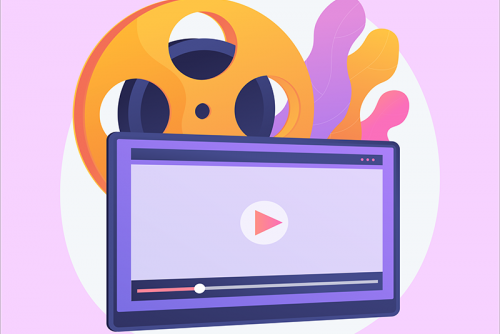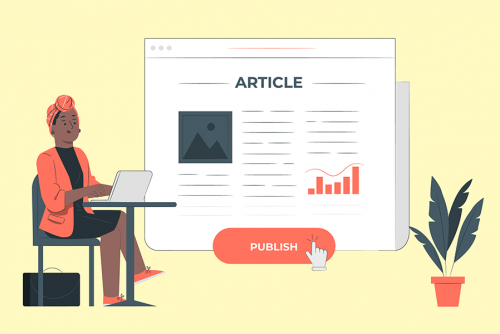About the Deaf, Deafblind, and Hard of Hearing (HoH) Community
The deaf and hard of hearing community is diverse and identifies in many ways, including deaf, deaf-blind, hard of hearing, late-deafened, and hearing impaired. An individual's experience within the community varies depending on level of hearing, age of onset, educational background, communication methods, and cultural identity.
It is important to note that many in the deaf and hard of hearing community do not see themselves as disabled and, long before the social model was coined, they believed in the same concept - they have language and a community - the only thing making them disabled is society's barriers.
Barriers to Inclusion
- Nine in 10 deaf children are born to hearing parents, yet less than a third have family members who sign regularly.
- Portrayal of the deaf community in media by non-disabled writers, directors, and reports.
- The assumption that everyone in the community has the same communication needs.
- Lack of access to needed communication methods in medical and legal situations, including access during doctors appointments, in interactions with the police, and other situations in which it's vital to have that access.
- Lack of access to needed communication methods at work.
- Spoken around rather than spoken to when using an interpreter.
- Societal views on cochlear implants (the inaccurate belief that the person's hearing has been fixed).
- Societal views that the deaf-blind community can't live independently in the world. Haben Girma talks about this barrier in her review of the film, "Oscar-nominated film Feeling Through Exploits Deafblind People."
- No captions for videos or inaccurate video captions.
- No video transcripts for people who are deaf-blind.
- No transcripts for podcasts and other audio only media.
- Phone-only customer support.
- Web-based services, including web applications, that rely on interaction using voice only.
- Lack of sign language to supplement important information.
Amplifying Voices in the Blind, Deafblind, and Hard of Hearing (HoH) Community
Our goal on this site is to amplify the voices of each community. Disability communities are often spoken over or spoken for when they are already speaking out for themselves.

Video: Empower the Deaf Community and Reshape the Future of Accessibility
Born with sensorineural hearing loss, Yao Yao Xiao has had to adapt to life in a hearing world. Now a senior at Los Altos High School, she is sharing her story and speaking out about the damaging stereotypes towards the deaf/hard of hearing community. Her hope is to spread awareness about the challenges students with disabilities face and shift the conversation towards how we can contribute to a future of accessibility for everyone.

Book: "Haben: The Deafblind Woman Who Conquered Harvard Law"
In this memoir, Haben Girma shares the many biases she has encountered in life as a deafblind person. She shares her experience at Harvard, highlighting the level of effort she had to put in just to get an accessible cafeteria menu.

Article: Black Deaf Culture Through the Lens of History
In this article, Benro T. Ogunyipe highlights various aspects of Black Deaf Culture, including Black ASL, a short commentary on the history of Black Deaf Culture, and recent accomplishments and stories of the Black Deaf Community.
Understanding How the Deaf, Deafblind, and HoH Community Accesses the Web
As with other disability communities, the Deaf, Deafblind, and HoH community is diverse so access needs vary by individual and community.
- Braille displays: A device that translates digital text into braille dots that can be read with the fingers. Braille displays are used by the deafblind community.
- Captions: Many in the Hard of Hearing and Deaf community rely on accurate closed captions.
- Sign Language: Many (not all) Deaf people use sign language as their first language. This means that English is actually their second language, which means that sign language is often a more effective way of communicating critical information in a video or live stream.
- Transcripts: It's crucial to provide transcripts to the Deafblind community for videos. In addition, the Deaf and HoH communities may prefer transcripts over a video and all three communities rely on a text-based transcript for audio-only media, such as podcasts.
- Display Modes: As with any of the communities, a Deaf, Deafblind, or HoH person can have multiple disabilities. In fact, about 30% of the community has a vestibular disorder and will use the display modes described on the Epilepsy and Vestibular Disorders page.
